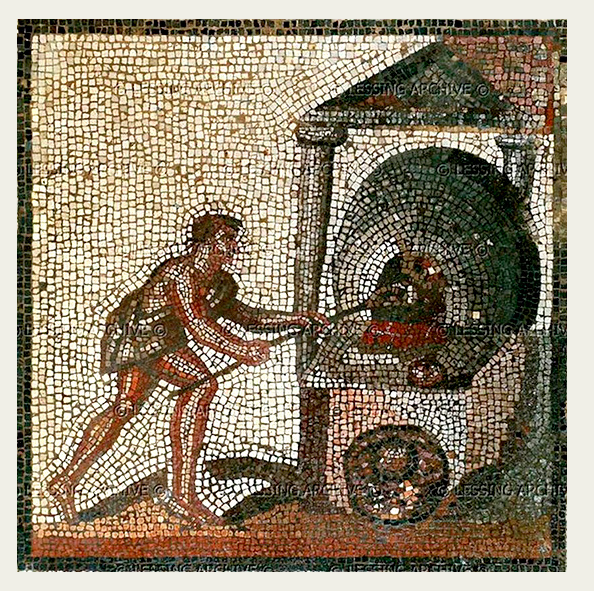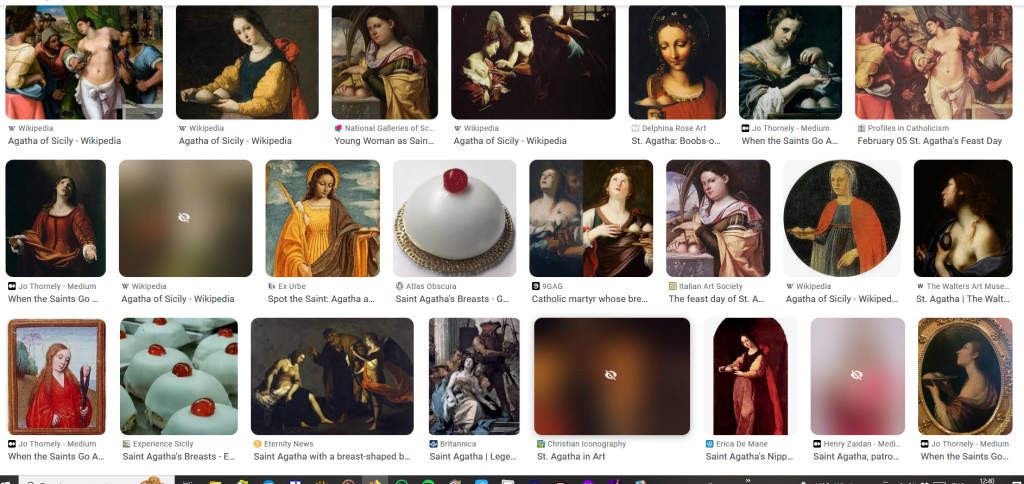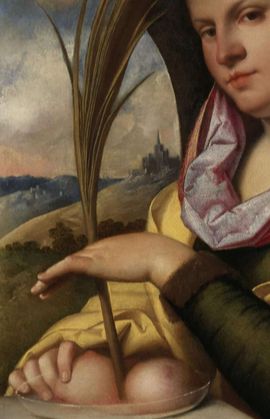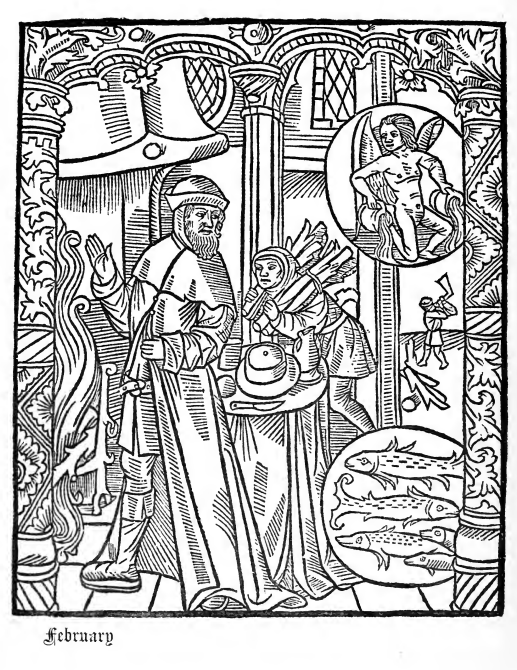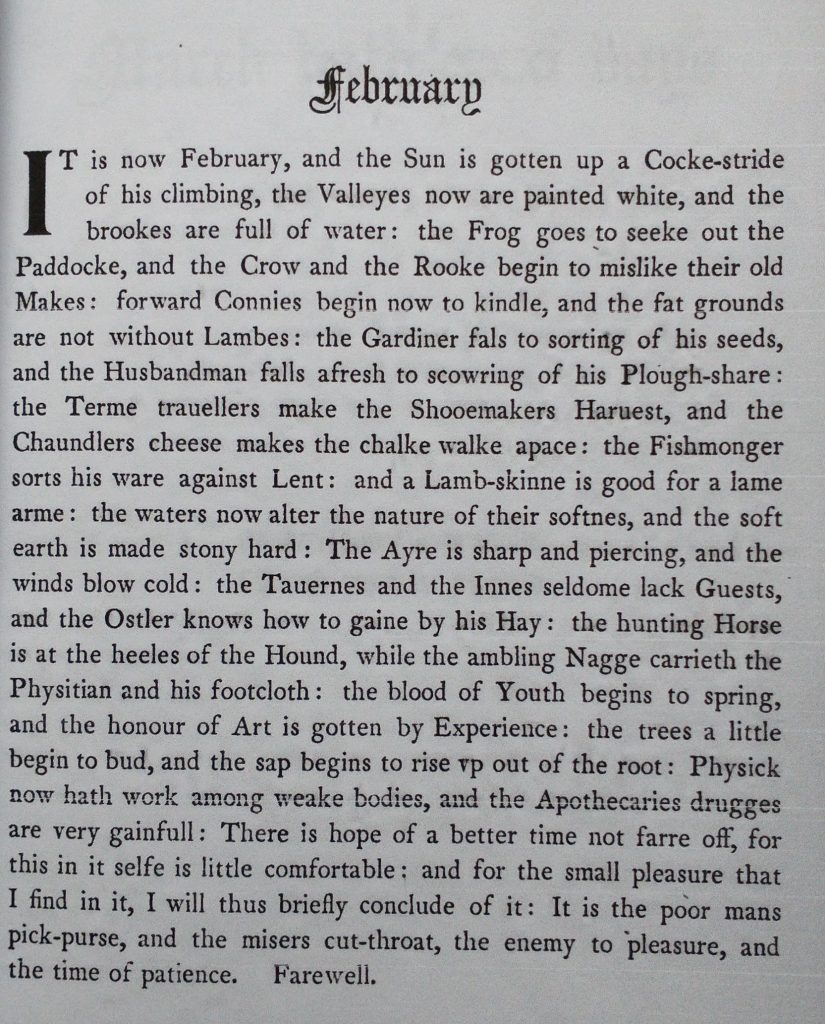
Fat Thursday
Today is El Jueves Lardero in Spain, Giovedì grasso in Italy, Weiberfastnach in the Rhineland, Tłusty Czwartek (Fat Thursday) in Poland and Tsiknopempti in Greece.
Please read out that sentence loud, attempting the accents because it’s very therapeutic!
Before, I continue, I am celebrating yesterday’s 500th Post! I’m going to bake a cake to celebrate!
Fat Thursday is the first day of the Carnival season. It reaches a climax on Mardi Gras, or Shrove Tuesday. This is the day before Ash Wednesday, when the 40 days of fasting before Lent begins.
In Poland, the tradition is to eat pączki which we call doughnuts and the Germans call Berliners. I remember when President Kennedy made a famous speech in Berlin and said ‘Ich bin ein Berliner’. He was cheered to the echo but was actually saying ‘I am a doughnut). Doughnuts traditionally should be made with red jam. But now people can use cream, or almost any sort of sugary nonsense.
Spain is more savoury on Greasy Thursday, where tortilla are eaten. They also eat sausages, bacon, and pork. In Catalonia, they eat tortilla with butifarra.(which are sausages in the Roman tradition). Here is a recipe for butifarra.
In Italy giovedì grasso (Fat Thursday) is when:
“the fooling and the mumming, the dancing, shrieking, and screaming would be at its height.”
according to the English writer Marie Corelli in her book Vendetta (1886). Look at these sites for more on Fat Thursday and El Jueves Lardero.
Lardy Thursday? Butter Week & Lardy Cake
There are indications that the week before Shrove Tuesday, in the Anglo Saxon period, was one of merriment and feasting. Eating the things that were not allowed in Lent. So in Old English this week is Cheese Week or Butter Week, and there was a Cheesefare Sunday. (‘Winters in the World’ by Eleanor Parker).
But I cannot find any references to traditions of a fat Thursday or a Lardy Thursday in the UK. But we do have the fabulous Lardy Cake. It is a cake that drips with sugar and lard (pig fat). It is one of my very favourite cakes. The main ingredients are rendered lard, flour, sugar, spices, currants and raisins. I was brought up on Lardy Cake, Chelsea Buns, Spotted Dick, and Sticky Willies (iced buns). Every day was Fat Thursday! I am surprised I wasn’t an overweight child!
It is by no means a countrywide cake. My own theory is that it was a delicacy of the West Saxons. And I fondly imagine King Alfred tending to the Lardy Cake when musing about defeating the Vikings. I have bought lardy cake in Woking and Guildford in Surrey. There is a great Lardy Cake to be eaten in the centre of Winchester (Alfred’s Capital). Along the Thames Valley in Reading, but best were sold in Cornmarket in Oxford, in the since closed Woolworths. These are all in areas controlled by Wessex in the 9th Century.
When lecturing at Worcester I found a variant of it which is called Worcester Dripping Cake. Worcester is in the Kingdom of Mercia. Dripping is melted fat, often from Beef. Many Londoners were brought up on Bread and Dripping.
Wikipedia says Lardy Cake is from: ‘southern counties of England, including Sussex, Surrey, Hampshire, Berkshire, Wiltshire, Dorset and Gloucestershire.’ But I have never found it myself around Stonehenge, or in Dorchester, nor in the Cotswolds. So I would say Sussex, Surrey, Hampshire, Berkshire and Oxfordshire are the lardy cake heartlands. It is said to have been originally for special occasions, so maybe there once was a Lardy Thursday tradition. It feels like there should be one!

And here, courtesy of the BBC and the handsome (but possibly, dare I say it, a little ‘lardy’) Paul Hollywood of Bake-off fame, is a recipe for Lardy Cake. Please make it and feel that wonderful English Pudding feeling of a lead weight in your stomach.
https://www.bbc.co.uk/food/recipes/lardy_cake_80839
The recipe says ‘This recipe has a generous amount of dried fruit in a rich dough that’s lighter and less sweet than most shop-bought lardy cakes’. So, it’s not going to be entirely authentic!
I am going to make one today.
Following posting this page on Facebook, last year, Heike Herbert posted this response concerning ‘Women’s Fast Night on February 8th in Cologne or Koln:

Aristotelis Psitos emailed me to say that the Greek Orthodox ‘Fat Thursday’ is on a different date. This year it was 20th February.
First Published 2024, revised 2025










